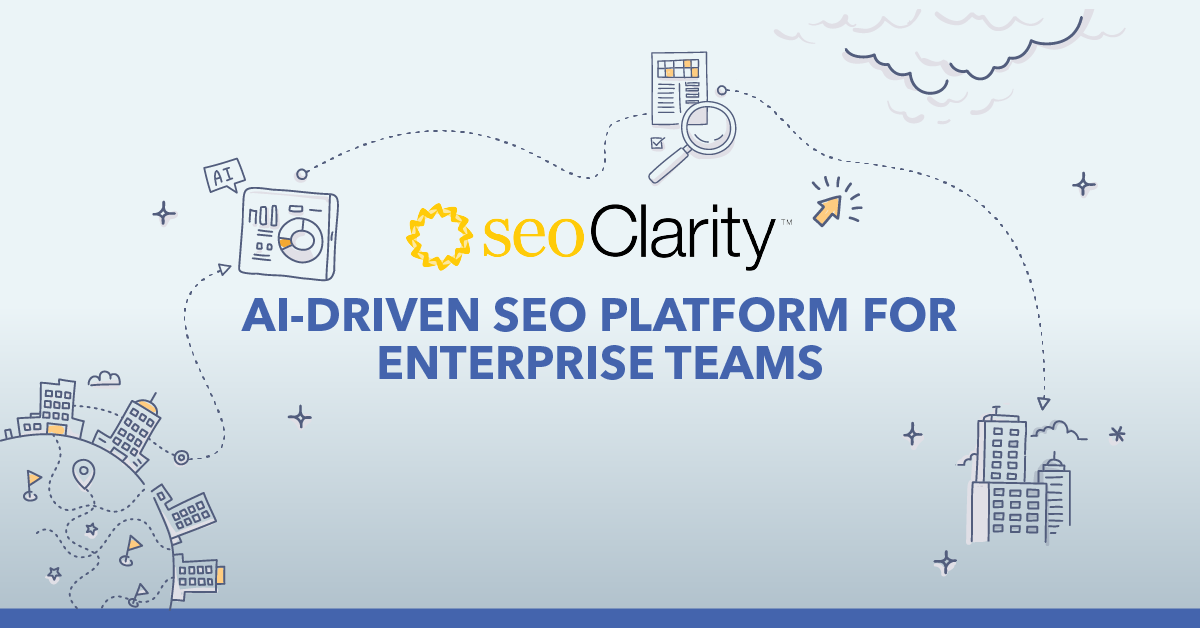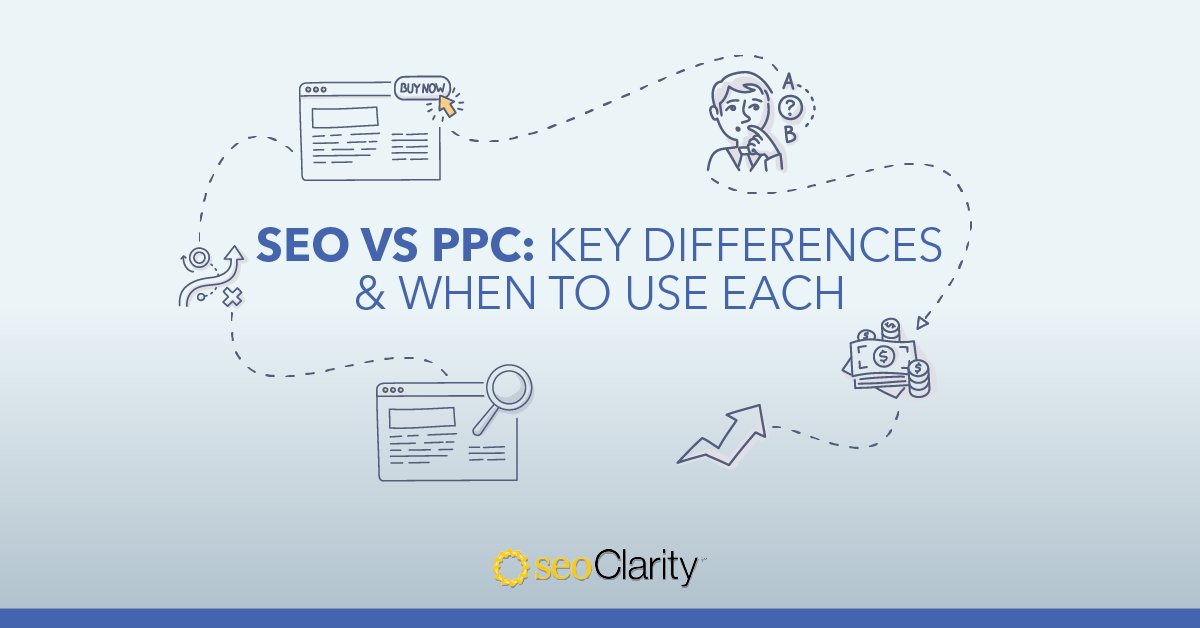How Digital Agency, Atigro, Succeeds with Clients in New GenAI Search Experiences
When AI Overviews (AIO) debuted, the old “SEO is dead” conversations resurfaced — as they do every time Google introduces something new. And yet, 25 years later, here we still are.
Google tells us what they expect to see in order for content to rank well, they just haven’t always been able to enforce it. But that doesn’t mean that the standards aren’t there, or that AI can do an end-run around them.
AI Overview Optimization = Google Optimization
This can be clearly seen in the evolution of AI Overviews.
Initial answers to search queries were sometimes "incorrect, misleading and even dangerous" according to early Search Engine Journal reports. Now, however, the most recent data is showing that the majority of AIOs are coming from the top 10 websites for the query, and have become very useful in most cases.
As Mark Traphagen and seoClarity shared in a recent AIO research study, “AI Overview optimization is now just... Google optimization!”.
We have come full circle.
Top Tools + Top Talent = Top Results
Our agency, Atigro, has experienced it first-hand. In partnership with our clients, we work to produce the most comprehensive and helpful content on the web in their field. Drawing on the knowledge of our clients’ SMEs, combined with our years of experience and the top-tier tools available on seoClarity, we’ve published content that has earned high rankings and multiple SERP features.
Consequently, all of our content clients now also have a reference/link inside an AIO result.
We have used seoClarity extensively over the last three years to ferret out opportunities for our clients to rank. It has helped us to stay laser focused on doing the right things well.
Although we use most of the features available on seoClarity, there are a few that we use extensively for creating content. They are an interwoven system of tools that each make the other more effective, and enable us to be more effective as well. Let’s take a look at some examples.
AI Content Analysis and Optimization
Content Fusion brings AI-driven insights into the content creation and optimization process. It analyzes content against the top-ranking pages and shows you where you are leaving out important information or overemphasizing one subtopic to the detriment of others.
We use Content Fusion every time we write a new article or web page for our clients. It exponentially shortens the amount of time it takes for us to research top-ranking pages and it doesn’t leave out anything we need to know to be competitive.
We rely on it to help us understand the subtopics we should be writing about and how much we should emphasize each one. In one example, our client was writing about one discipline in their area of expertise but failed to mention its originator and SME. Content Fusion flagged it — along with a couple of other omissions — and we were able to update the article and watch it move from page three to page one.
We also use it to help us identify the questions people are asking about a topic. We have found success by working those questions and answers into the body of the article in a way that is logical and easy to understand. Every one of our clients has earned at least one AIO where Google has pulled the content contextually from within a paragraph as in the examples below.
Zink Wheels

Penn Creative

Ten Mile Square

AI Overviews & Featured Snippets
In seoClarity's research on the impact of AIO, Mark reports that, “a whopping 99.5% of the time one or more of the top 10 web results was included in the AI Overview's sources.”
Most of the time when our clients earn both an AI Overview and an Featured Snippets, Google keeps the Featured Snippets at the top of the page just under the AIO.
In one case, our client had the AIO, the Featured Snippets, and the answer to the first question in the People Also Ask section. Even though they ranked #2, they were the most visible company at the top of the page. In the following screenshots, you can see the amount of real estate captured when you win both the AIO and the Featured Snippets.
Carroll Water

HawkPartners

ZinkWheels
In this example, the Featured Snippets appear below the ads.


Topic Clustering in Research Grid
Our strategy often includes developing a content hub plan with keyword clusters. Before we begin writing and optimizing in Content Fusion, we use several of the insights in seoClarity’s Topic Explorer to help us to find the best keywords to target based on our clients’ site authority and resources:
- Topic Clusters to discover opportunities that other websites may be missing
- True Demand to make intelligent choices based on real world keyword traffic
- Intent Similarity to ensure that our articles are properly focused on user intent
- Keyword Difficulty scores to determine how much effort is required to rank and whether it is worth investing the resources in it, This data point is closely tied to Topical Page Strength which is discussed in the next section.
Topic Explorer removes the complexity from this work and gives us more accurate information that we can get with other tools or human effort alone.
Using GenAI in Keyword Research: Added Bonus
Sia, seoClarity’s AI assistant, can generate the user journey for each keyword that includes both before and after searches. There are dozens of ways to use this information, but some of the most useful for optimizing content are:
- Finding the questions that really drive searchers to the web
- Zeroing in on the specific information they want (benefits, cost, reviews, real life examples, ingredients, trends, etc.)
- Discovering information that is important to users that other web pages are ignoring
- Understanding when users want a quick summary or list of steps. Including this information has helped several of our pages to earn an AI Overview that takes the list verbatim off the page, as you see in the examples below.
Carroll Water

Ten Mile Square

Feature Flooring

Topical Page Strength
Keyword difficulty scores tie directly to Topical Page Strength. Google has been saying for a while that backlinks are no longer one of the top three ranking factors. While we believe this is still an aspirational goal for them, it will be achieved eventually, so the time to begin focusing on Topical Page Strength is now.
While most tools still calculate keyword difficulty primarily through backlinks, seoClarity focuses instead on Topical Page Strength. Since switching to this measurement exclusively, we have found that it gives a much more accurate measurement of the effort we will need to put into ranking well and helps us to manage our resources more effectively.
In this example below, which is typical for our clients, the website has held the #2 position steadily for their highest priority keyword for more than a year, along with the highest number of ranking keywords, the second highest topical page strength, and the lowest number of backlinks.

While working with this client to create the content, we focused on topical page strength with the help of Content Fusion. As soon as Google launched AIO’s last May, the website captured the AI Overview for multiple variations of their primary keyword, often shown with a Featured Snippets either just below it or immediately after the ads.


Summary
There are three critical components to achieving success in organic search: subject matter experts, talented humans, and a platform that keeps you ahead of the competition.
Google has high expectations and a long list of requirements that need to be met before content can rank well. Too much low quality content will cause even your best articles to get buried on page two or below. Top-ranking content takes effort that not everyone is able to or wants to put in. But if you decide you do want to play the game, play it to win. Make sure you have the best experts, the best talent, and the best tools.







Comments
Currently, there are no comments. Be the first to post one!